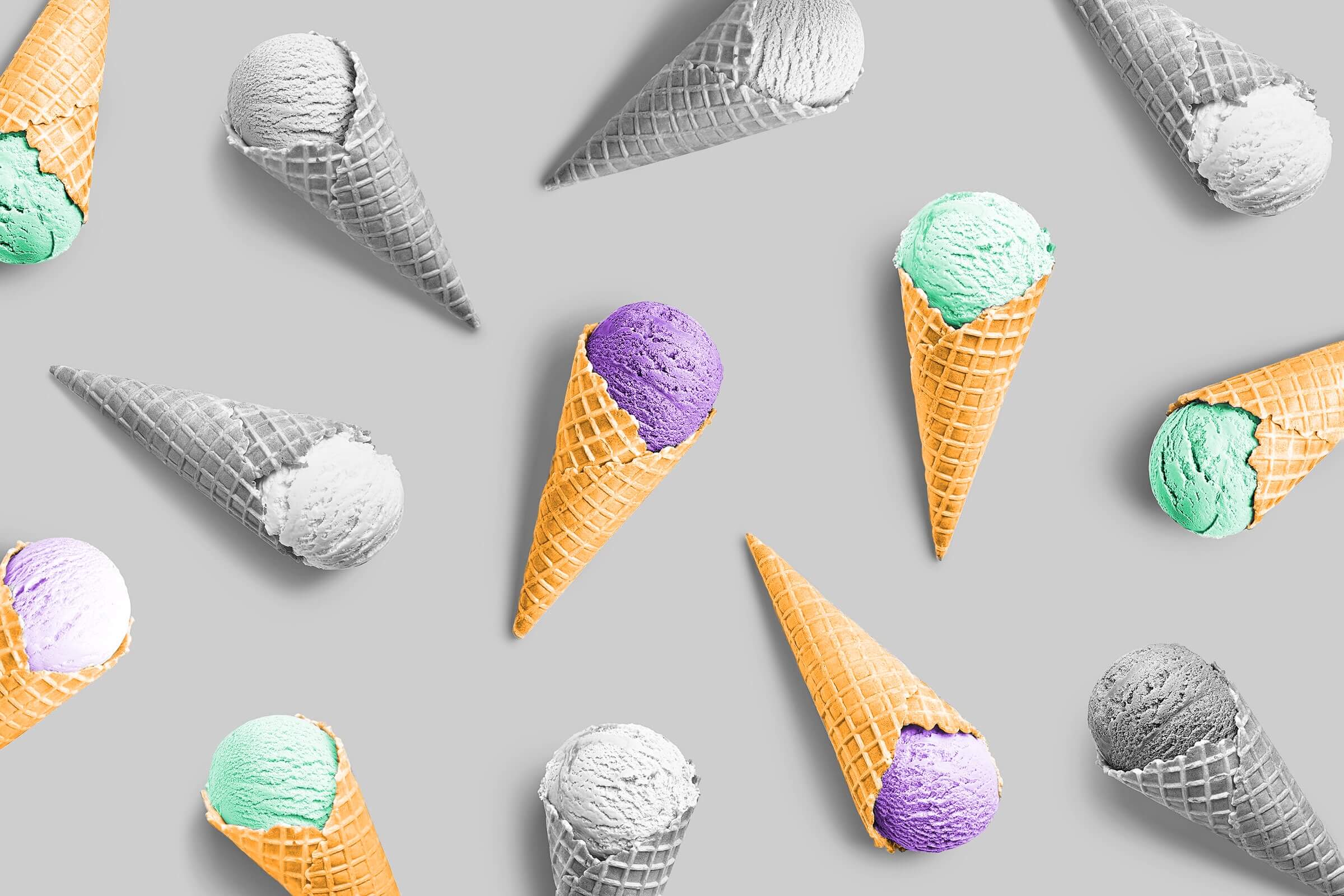
Egg creams contain neither eggs nor cream.
Foods tend to get their names from their appearance or ingredients, though not all are so clear-cut. Take, for instance, the egg cream, a beverage that has delighted the taste buds of New Yorkers (and other diner patrons) since the 1890s. But if you’ve never sipped on the cool, fizzy drink known for its chocolate flavor and foamy top, you should know: There are no eggs or cream in a traditional egg cream drink.
According to culinary lore, the first egg cream was the accidental invention of Louis Auster, a late-19th- and early-20th-century candy shop owner in New York’s Lower East Side. Auster’s sweet treat arrived in the 1890s, at a time when soda fountains had started selling fancier drinks, and it was a hit — the enterprising inventor reportedly sold upwards of 3,000 egg creams per day by the 1920s and ’30s. However, Auster kept his recipe well guarded; the confectioner refused to sell his formula, and eventually took his recipe to the grave. The origins of the drink’s name have also been lost to time. Some believe the name “egg cream” came from Auster’s use of “Grade A” cream, which could have sounded like “egg cream” with a New York accent. Another possible explanation points to the Yiddish phrase “echt keem,” meaning “pure sweetness.”
Regardless of the misleading name, egg creams are once again gaining popularity in New York, though you don’t have to be a city dweller to get your hands on the cool refreshment. Egg creams can be easily made at home with just three ingredients: milk, seltzer, and chocolate syrup.
Centuries before it became a dessert, chocolate was employed medicinally. In Mesoamerica, where chocolate originated, cacao was used among Indigenous communities to treat indigestion, fatigue, and even some dental problems. Europeans of the 17th century also consumed chocolate for health purposes, hoping to cure a variety of ailments. By the late 1800s, pharmaceutical publications widely advertised chocolate powders and syrups, promoting them as healthful aids that also masked the bitter flavors of other medications. Brands like Hershey’s began marketing their syrups and chocolates to everyday consumers as health tonics that were wholesome and nutritious — even “more sustaining than meat.” Eventually, however, regulations against dubious health claims and patent medicines, combined with equipment improvements and declining sugar prices, set the stage for chocolate to be considered more treat than tonic, even as some health claims for it have endured.

